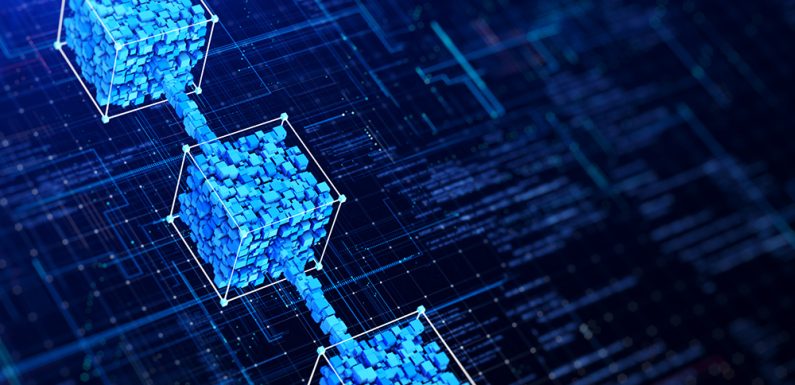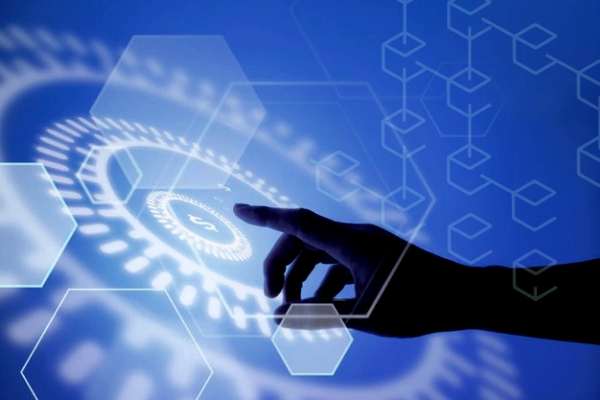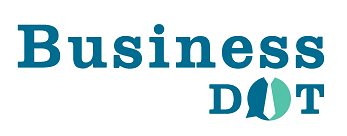
In today’s rapidly evolving financial landscape, the bridge between physical assets and digital blockchain technology represents a significant advancement in asset management. Connecting tangible assets with blockchain systems effectively opens new ownership, trading, and verification possibilities. Connecting physical assets to blockchain begins with tokenisation – a sophisticated mechanism that creates digital representations of real-world assets. This transformation requires careful consideration of various technical and legal aspects. Modern platforms, including rexas, provide robust infrastructure for this critical process, ensuring secure and transparent asset digitisation.
Implementing digital twin technology
Digital twin technology is the crucial link between physical assets and their blockchain representations. This sophisticated approach creates a digital replica of physical assets with all relevant data and characteristics.
Creating comprehensive digital records requires detailed documentation of physical assets. This includes high-resolution imagery, technical specifications, and authentication certificates that verify the asset’s characteristics and condition. Real-time monitoring solutions
- Integrated IoT sensors for continuous tracking
- Environmental condition monitoring
- Location tracking systems
- Maintenance record updates
- Performance metric collection
These monitoring solutions ensure that the digital representation maintains accuracy and relevance throughout the asset’s lifecycle.
Establishing verification protocols

The connection between physical assets and blockchain requires robust verification systems to maintain integrity and trust. This involves creating multiple layers of authentication that confirm the ongoing relationship between the physical asset and its digital counterpart.
Physical verification mechanisms – Regular audits and inspections ensure the continued existence and condition of physical assets. These verifications must be conducted by authorised parties and documented on the blockchain to maintain the asset’s digital twin accuracy.
Smart contract integration – Automated smart contracts govern the relationship between physical assets and their digital representations. These contracts execute predetermined actions based on real-world events, ensuring automatic updates and maintaining the accuracy of the digital record.
Practical applications and implementation
The practical implementation of connecting physical assets to blockchain requires careful consideration of several key factors:
Successful integration demands a robust technical infrastructure for physical asset monitoring and blockchain operations. This includes:
- Secure data transmission systems
- Reliable network connectivity
- Redundant backup systems
- Scalable storage solutions
Future considerations and scalability
The connection between physical assets and blockchain will become increasingly sophisticated as technology evolves. Future developments may include:
- Advanced authentication methods – New technologies for verifying physical assets and their conditions will emerge, providing even more reliable connections between physical and digital representations.
- Enhanced interoperability – Future systems will likely offer improved compatibility between different blockchain networks, making transferring and trading tokenised physical assets easier across various platforms.
The successful implementation of physical asset connectivity with blockchain technology requires a comprehensive understanding of traditional asset management and modern digital systems. Organisations must consider their specific needs and requirements when designing and implementing these solutions. Maintaining the connection between physical assets and their blockchain representations demands ongoing attention and regular updates to ensure accuracy and reliability. This continuous process helps preserve the value and utility of the physical asset and its digital twin.
As the technology matures, we expect to see more sophisticated solutions for connecting physical assets with blockchain systems. These advancements will likely bring increased efficiency, security, and accessibility to the asset management industry, creating new opportunities for investors and asset managers alike. Organisations can unlock new value and efficiency in their asset management operations by carefully implementing these connections and maintaining robust verification systems.

